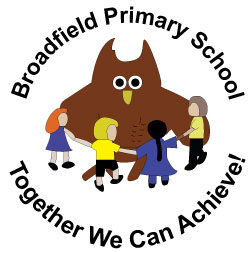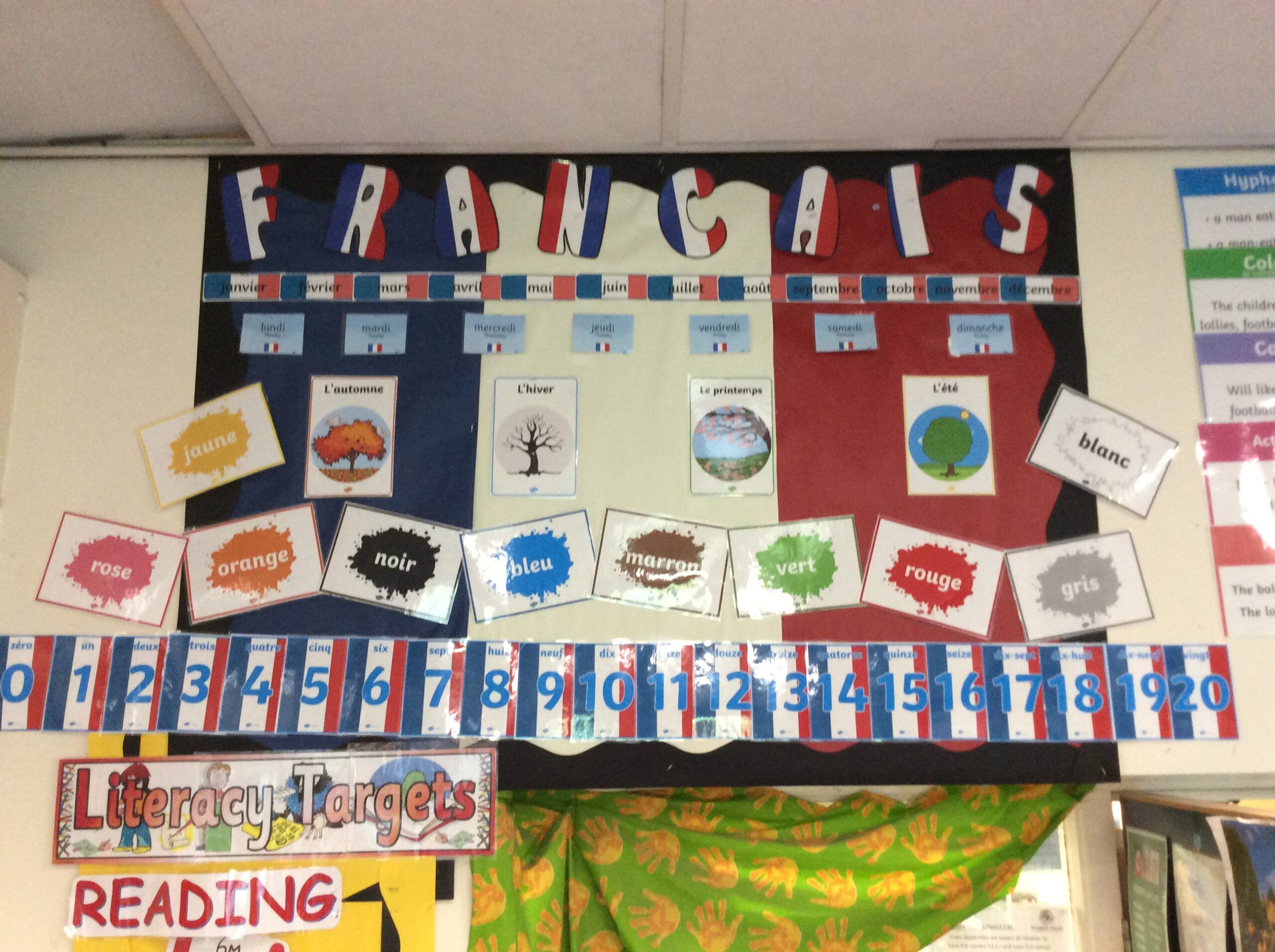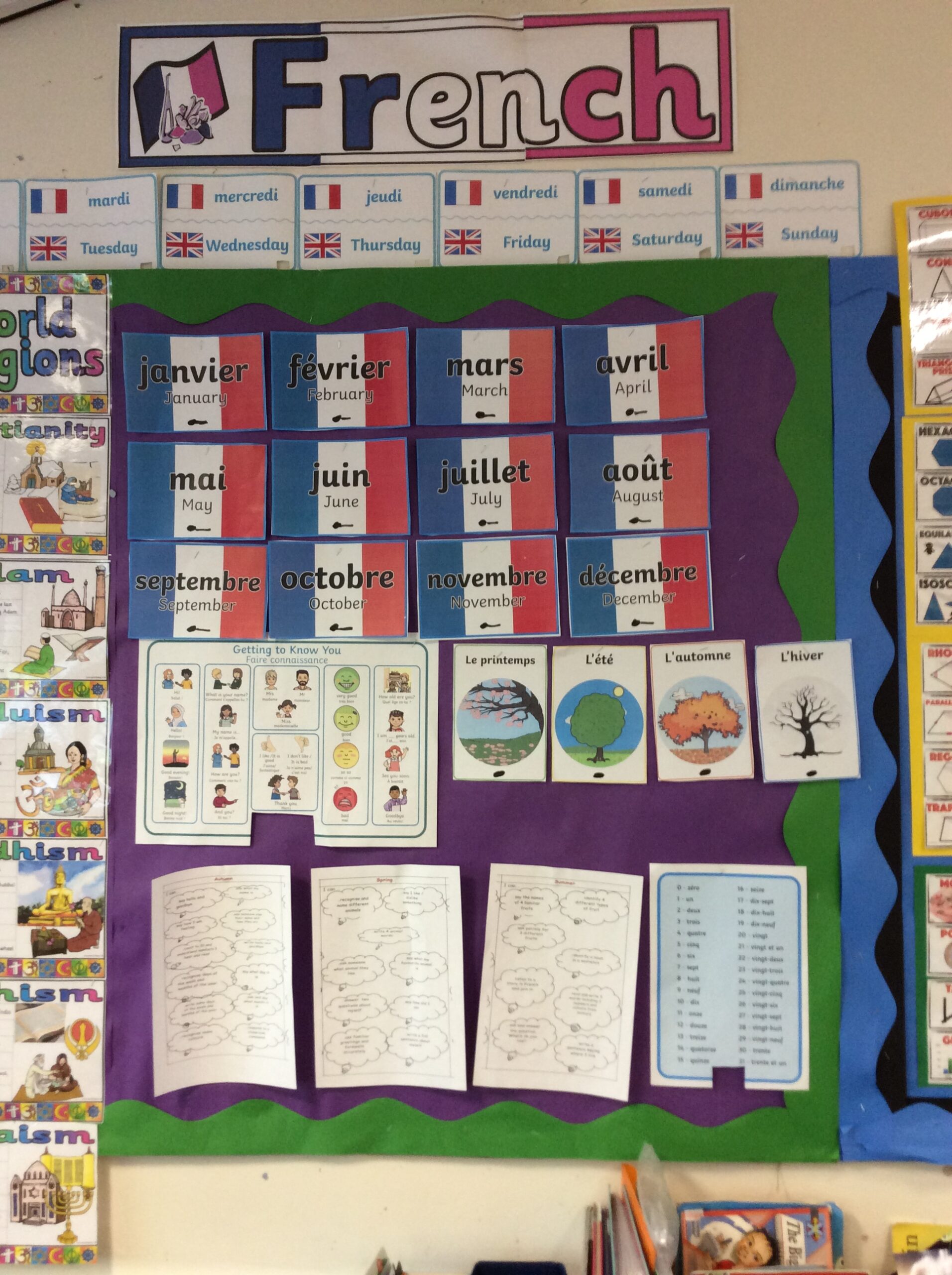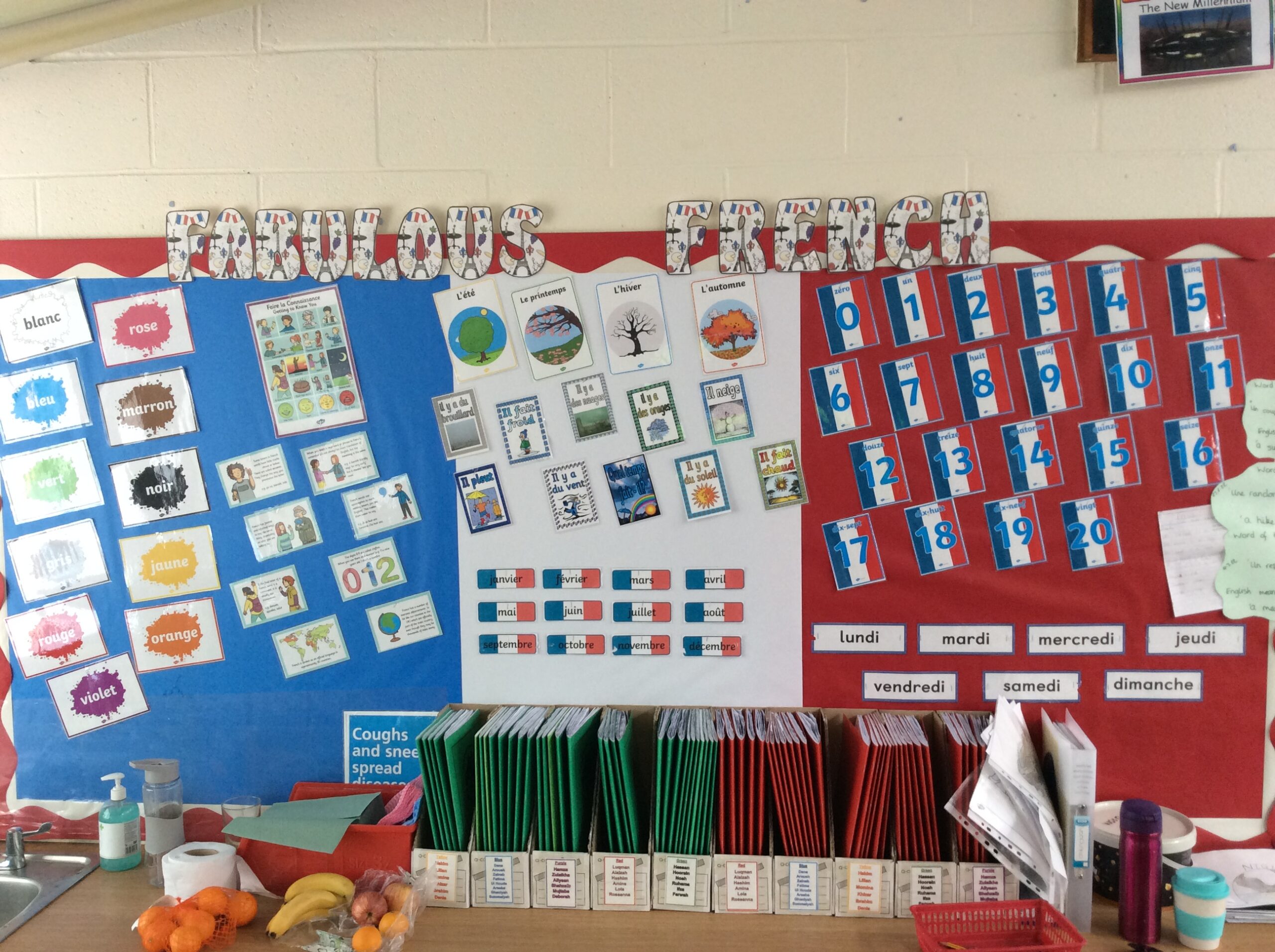Click here to see the overview for the teaching of French 2024-2025
Intent – Our Aims
Our intent is to provide opportunities for children to develop as confident, articulate and well-rounded children who can succeed as individuals and contribute to their community and the wider world.
At Broadfield Primary School, we recognise the benefits of learning a foreign language. The opportunity to study a language in primary school provides pupils with essential skills that are required for living in a modern multicultural world. Learning a modern foreign language will help to develop a wider intercultural understanding as well as enhancing their literacy and oracy and further enriching aspects of their own language(s). At Broadfield Primary School, we have chosen to deliver French in order to prepare the children for transition to Secondary school, in line with the Pinnacle Learning Trust Academies.
National Curriculum
For children in Key Stage 2, learning a foreign language is statutory. By the end of Key Stage 2, pupils are expected to know, apply the knowledge and skills specified in the relevant programme of study.
At Broadfield, we teach French weekly in Years 3 to 6. In addition, by introducing French greetings, some titles and numbers throughout Early Years and Key Stage 1, we believe that we are laying the foundations for learning in Key Stage 2.
The National Curriculum for languages aims to ensure that all pupils:
- Understand and respond to spoken and written language from a variety of authentic sources
- Speak with increasing confidence, fluency and spontaneity, finding ways of communicating what they want to say, including through discussions and asking questions, and continually improving the accuracy of their pronunciation and intonation
- Can write at varying length, for different purposes and audiences, using the variety of grammatical structures that they have learnt
- Discover and develop an appreciation of a large range of authentic writing in the language studied.
At Broadfield, our main aim in the teaching of a modern foreign language is to promote the early development of linguistic competence and a greater understanding of other cultures. We hope that our pupils will be encouraged to continue to develop life-long learning of languages as this will enhance not only their understanding of the world but their future economic well-being.
We feel that to accomplish this, we should support and encourage the pupils to do the following;
- Familiarise themselves with the sounds and written form of a modern language;
- Begin to communicate with a new language;
- Make comparisons between languages;
- Learn about different countries and their communities, increasing their awareness of other cultures;
- Develop a positive attitude towards the learning of foreign languages in general;
- Begin to use their knowledge of the foreign language with a growing confidence of not only understanding what they hear and read but to learn the art of expressing themselves in different ways;
- Through all of the above be able to acquire a secure basis for further study in Key Stage 3 and beyond.
Implementation – How We Will Do This
- Schemes of learning are in place for French to be taught weekly in Years 3 to 6. This ensures balanced and well-sequenced coverage of the National Curriculum objectives.
- We introduce some key French words and phrases to our Year 1 and 2 pupils so that we are laying the foundations for learning in Key Stage 2
- French vocabulary is displayed in all Key Stage 2 classrooms as appropriate to support learning and retention.
- All pupils regardless of race, gender, special educational needs or language spoken at home will have the opportunity to develop this language in school. A range of learning activities, strategies and adaptations are deployed to ensure all pupils are engaged and motivated.
- The study of a foreign language helps to reinforce knowledge, skills and understanding in other curriculum areas. As such, Units of work are linked (where possible) to the wider curriculum. By developing an understanding of the structure of a new language this can enhance children’s general understanding of their own language and therefore links closely to the English curriculum. Learning a new language and about the culture of another country also contributes to history, geography, religious studies and SMSC.
- Children are assessed continually throughout the year, through verbal feedback, observations and work scrutinies. They are encouraged to self and peer assess.
- Carefully chosen prerequisite and ‘in unit’ learning tasks enable children to develop and retain knowledge across a range of topics, build on key concepts and make links year by year.
- We participate in the European Day of Languages each September.
Impact
By the end of Key Stage 2, pupils will demonstrate that they can:
- Listen attentively to spoken language and show understanding by participating and responding
- Explore the patterns and sounds of language through songs and rhymes and link the spelling, sound and meaning of words
- Engage in conversations; ask and answer questions; express opinions and respond to those of others; seek clarification and help
- Speak in sentences, using familiar and developing vocabulary, phrases and basic language structures
- Read carefully and show understanding of words, phrases and simple writing, use accurate pronunciation and intonation so that others understand
- Appreciate stories, songs, poems and rhymes in the language
- Present ideas and information orally to a range of audiences
- Write phrases from memory, and adapt these to create new sentences, to express ideas clearly
- Describe people, places, things and actions orally and in writing
- Understand basic grammar appropriate to the language being studied, including (where relevant): feminine, masculine, and neuter forms and the conjugation of high-frequency verbs; key features and patterns of the language; how to apply these, for instance, to build sentences; and how these differ from or are similar to English.



